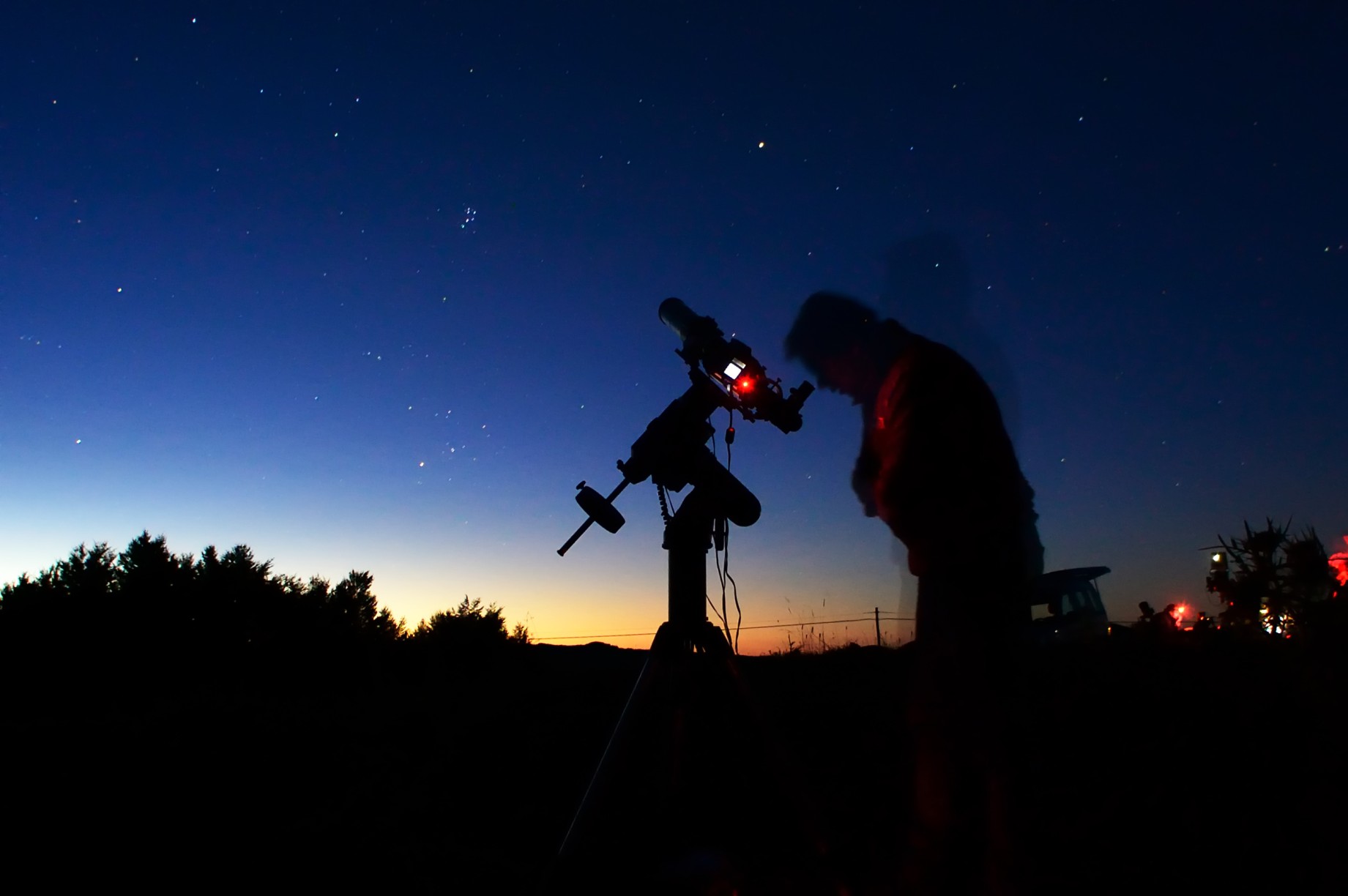
Heavy Rain, Flooding, and Chance of Severe Weather Staring Down the Southern U.S.
January 22, 2024
Posted: February 7, 2022 10:55 am





Although the weather has not exactly been cooperating lately for those wanting to head out and check out the night skies, you may be tempted to brave the elements when you find out what February has in store. A number of astronomical events will light up the skies throughout the shortest month of the year, including a famous star cluster, a full moon, and the chance to see Mercury shining before sunrise.
Here is what you can keep an eye out for this month if you plan on heading out to gaze at the skies after the sun goes down.
Throughout the month of February, you will be afforded the opportunity to spot a number of constellations scattered throughout the dark skies. Because of the long nights, it is easier to find time to get outdoors and catch these celestial wonders.
Orion is expected to be visible throughout the month as long as the skies are clear. This constellation will show up in the southeastern sky just after the sun goes down. You will need to head out by 3 am local time to catch it.
Stargazers can also catch the Sirius star glistening just below and to the left of where you will spot Orion. As the brightest star in the sky, Sirius is generally easy to find.
This is also a good time of the year to look for the Pleiades star cluster. You can find this cluster as the night goes on, however, it is often difficult to spot because it is not as bright. The best way to locate the Pleiades is to find Orion and then draw a line through this belt from left to right. This line will cross with the Pleiades, also known as the Seven Sisters cluster. Your best bet to find the Pleiades is to head to an area that is far from extraneous light.
Because Mercury is the closest planet to the sun, it is often also the most challenging to find. However, you may be in luck on the morning of February 16 if you are ready to head out and gaze up at the skies just before sunrise.
This planet is visible for a small period of time when it is the farthest from the sun. The key is catching it when it is not too close to the sun or hidden behind it.
For the best odds of seeing Mercury, train your eyes to the sky about one hour before the sun rises. You will see this small planet positioned low in the southeastern horizon. It will be located under and to the left of both Venus and Mars, two planets known for their abilities to light up the sky before the sun comes up.
If you miss Mercury this time around, you will need to wait until late April and early May for another chance to see it.
February 16 is also the night with the best views of the next full moon. Known as the Snow Moon, this moon is aptly named after the weather patterns that characterize this time of the year. The Snow Moon will start shining as the sun goes down and will be visible in the sky all through the night.
This February full moon is also often known as the Bald Eagle Moon, the Hungry Moon, or the Groundhog Moon.
While you may have to bundle up to stay warm outside in most areas of the country, you will not want to miss these astronomical offerings this month.

January 21, 2024

January 19, 2024

January 18, 2024